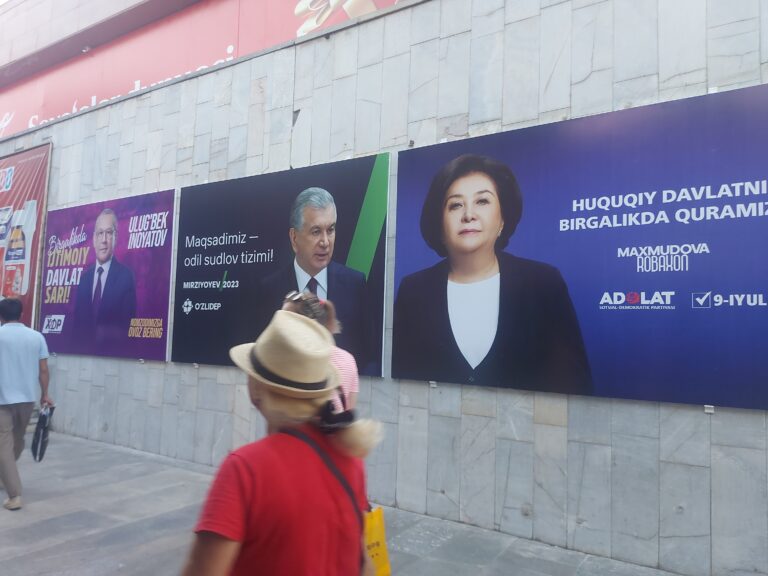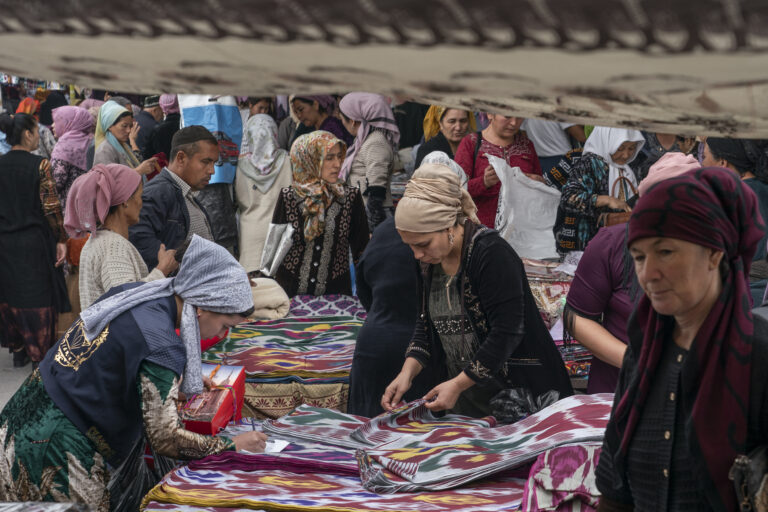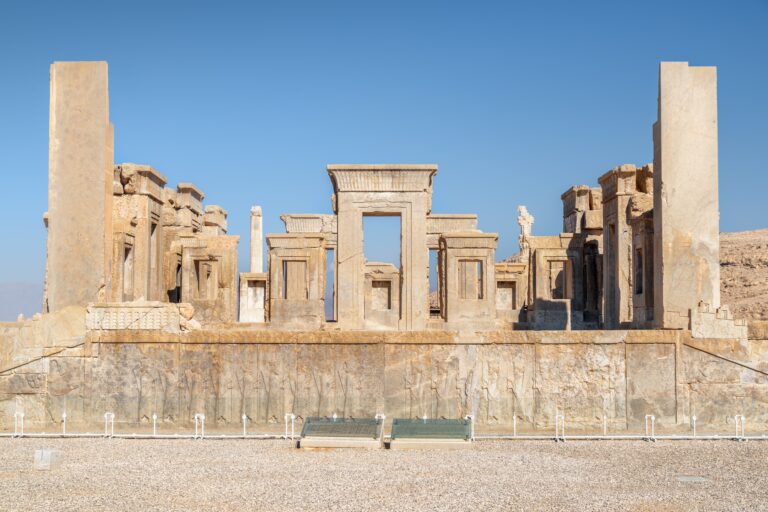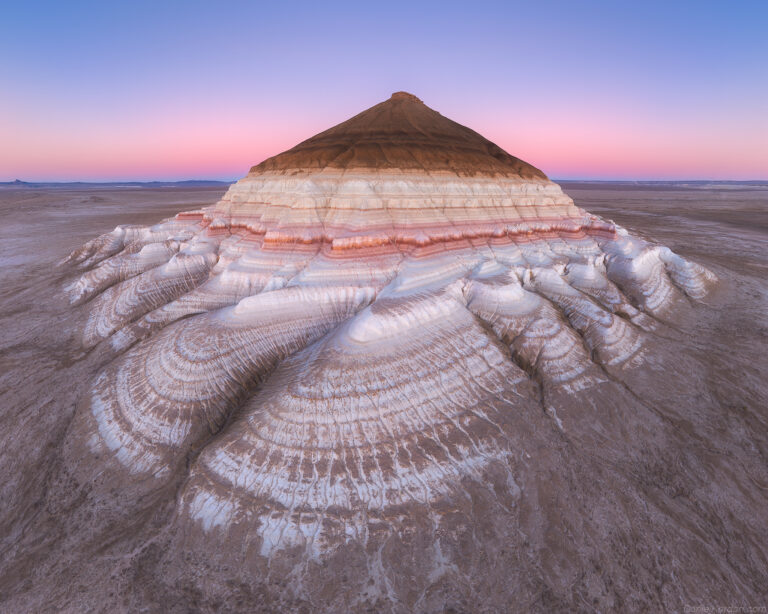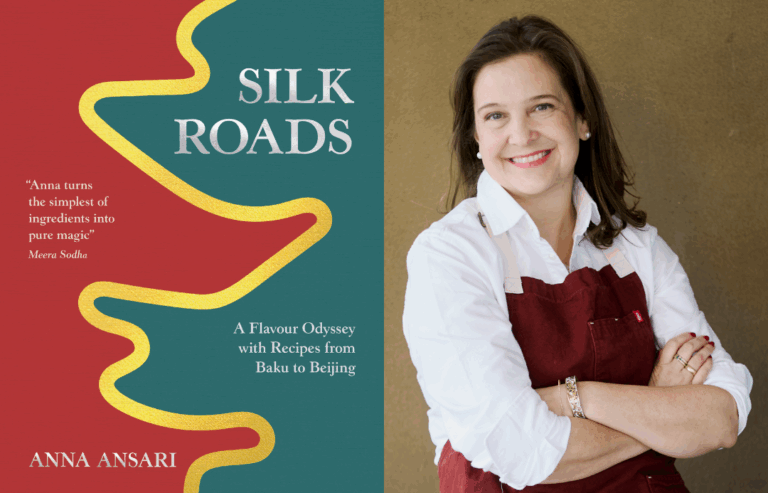Tianjin: China’s ‘port of heaven’
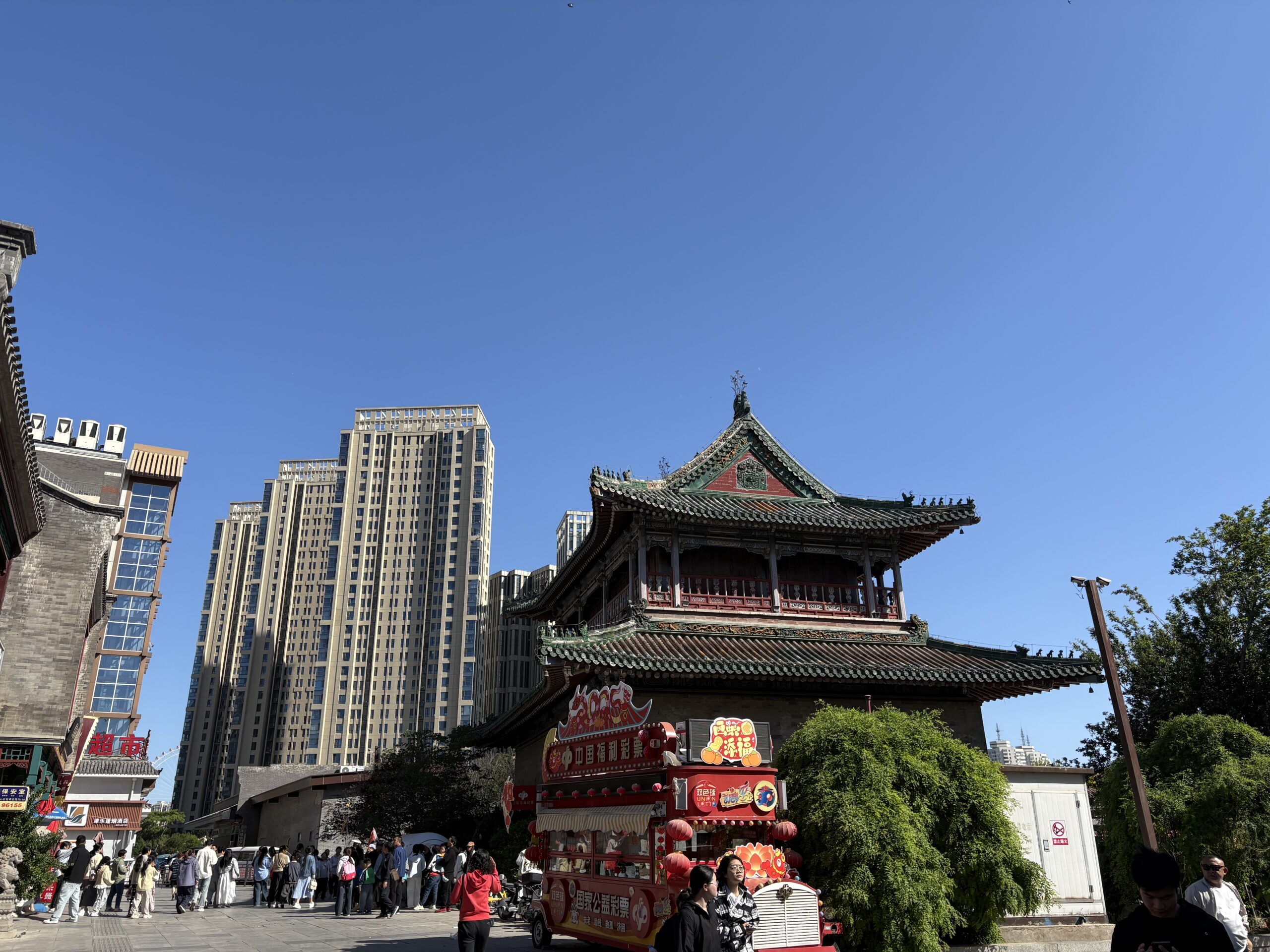
Sean Paterson is a member of the RSAA living in Guangzhou
The best French meal I have ever had was, perhaps unsurprisingly, in a small bistro in the 3e arrondissement, but the runner-up was somewhere rather different: Tianjin, a port city in northeastern China. But this is not as unexpected as it might be at first glance. Tianjin is a city with a rich history, and a unique cultural heritage.
Tianjin doesn’t get as much attention as its neighbour, Beijing, but perhaps it should. Although it has served as the landlocked capital’s outlet to the sea since the Yuan Dynasty, and remains one of the world’s busiest ports, it would be wrong to think of it as a mere Felixstowe to Beijing’s London. Rather, the two cities have a relationship like that of Edinburgh and Glasgow: one is an elegant, reserved centre of government and education; the other is a open-hearted, commercial sort of place. Indeed, the people of Tianjin are not a million miles off of being the Glaswegians of China: the city is famous for producing fast-talking comedians, and its tough-as-nails ‘diving grandpas’, prone to leaping off bridges for kicks, were a social media sensation a few years ago.

The city lies along the Haihe River, which acts as an outlet for Beijing’s rivers and the Grand Canal. Though it ends in vast container ports, the stretch within the city itself has been transformed into a strikingly beautiful boulevard, with hours of very pleasant walking on either side. The river is regularly crossed by bridges, each with a unique style, depending on who designed it: the French bridge is low-slung, tasteful and refined; the Italian bridge is smothered in intricate filigree and flanked by enormous Art Deco figurines; while the German bridge is all swaggering Teutonic ironwork. Topping them all is the latest Chinese addition, supporting the Tianjin Eye, a large ferris wheel that actually spans the river, rather than lying bank-side as its namesake in London does.
Unusually for a large city, Tianjin is thoroughly walkable. Particularly rewarding is the mix of architectural styles found throughout the city: an hour’s stroll will take you through traditional Chinese terraces, gleaming modern towers, Haussmann-esque blocks that wouldn’t look out of place in Paris, solid German and Swiss buildings with a hint of the federal style of the American Midwest, small pieces of Surrey, Italian piazzas, and even a handful of Spanish houses in the Moorish style. Tianjin is home to a number of excellent museums, churches, historic houses, and a wide range of European-style restaurants, especially in Wudadao, where you can find French food to rival Paris – up to and including a new branch of Maxim’s, the restaurant once favoured by Hemingway and the interwar period.

Tianjin also has a charming university district, home to a splendid English-language bookshop, which rather unexpectedly stocks enormous quantities of John Buchan and D H Lawrence. You can, at various points, feel like you are anywhere in Europe, yet still be very much in China. Unlike Macau, whose older buildings are all distinctly Portuguese, Tianjin has almost the full spread of architectural styles. How did this come to be?
Though today a pleasant draw for tourists, and a lovely backdrop to a very liveable city, Tianjin’s unique architectural heritage is the result of some of the darkest chapters of China’s history. The city was first forced open in the wake of the Second Opium War, and lent its name to the Treaty of Tianjin, which marked the nadir of western interference in China. Under the terms of the Treaty, foreigners were given the right to roam the country, but remained subject to the laws of their own countries, which reliably failed to prosecute any misdemeanours. Impressed by the economic rush in Hong Kong and Shanghai, the other European powers demanded more ‘treaty ports’ – exclusive zones and quasi-colonies along China’s coasts and rivers, where they too could pile in.

Tianjin was among them. First into the breach were the British and French, who established ‘concessions’, followed by Germany, Austria-Hungary, Italy, Russia, Belgium and, fatefully, Japan. By the turn of the century, it was a de facto ‘open city’, controlling maritime access to Beijing. Though gaining many handsome buildings in these years, during the Boxer Rebellion Tianjin served as the launching-pad for the frightful destruction of the punitive column sent to Beijing by vengeful foreign powers.
Later, the Japanese were to make their mark in a rather different way. In 1924, the last emperor Puyi, now incongruously calling himself Henry, was ordered to leave the Forbidden City, where he had been living since he was overthrown in 1912. Rather than take up private lodgings, he secretly made for the Japanese concession in Tianjin. Delighted to have him as a trump card, the Japanese lavishly hosted the young ex-emperor for nearly a decade. Always a weak-willed man, when they invaded northeast China in 1931 and established a puppet state there, Puyi agreed to serve as ‘emperor’, establishing his capital in Changchun, from where he would claim to rule until his capture by the Soviets in 1945. (After years in prison, he wound up as a common gardener in Beijing, dying there in 1967). During these years, Tianjin came under Tokyo’s control, and the Imperial Japanese Army behaved with its customary cruelty, until the city was finally liberated.
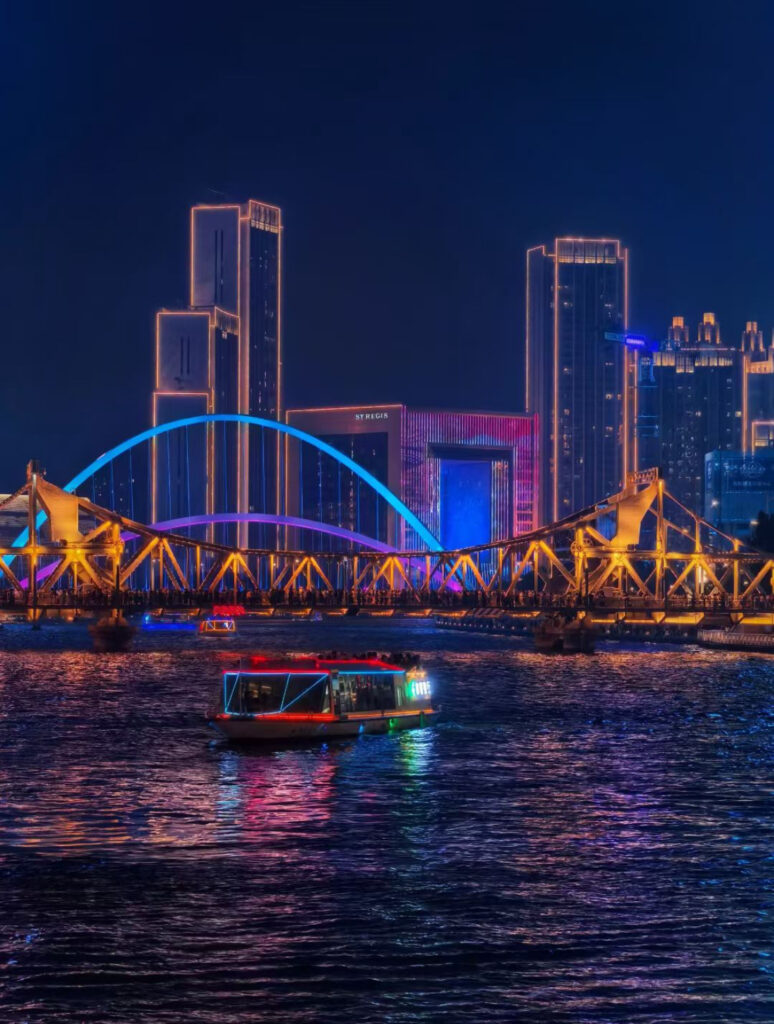
Yet after all this suffering, Tianjin was on the way back up. After the war, it became a centre of industry, and in 1967 it was elevated to a state-level city, like Beijing, Shanghai and Chongqing. Today, it remains China’s third or fourth-largest city (depending on how you count these things), and a remarkably cosmopolitan place, yet one that doesn’t always get the attention it deserves. Perhaps the recent Shanghai Co-operation Organisation (SCO) meeting will help put Tianjin on the map for foreign tourists. For anyone planning a trip to Beijing, it is certainly worth a visit – especially now that is only half an hour from the capital by high-speed train.
*Title image – Old and new architecture combine throughout the city.
The opinions expressed are those of the contributor, not necessarily of the RSAA.

